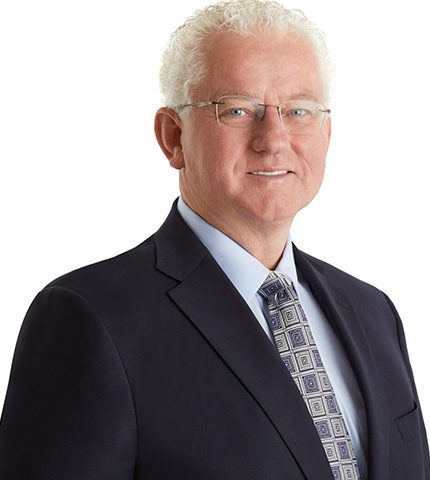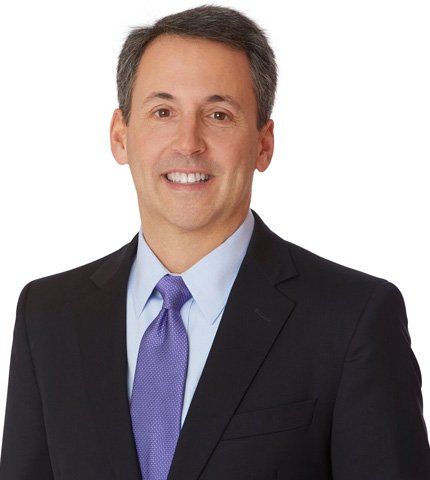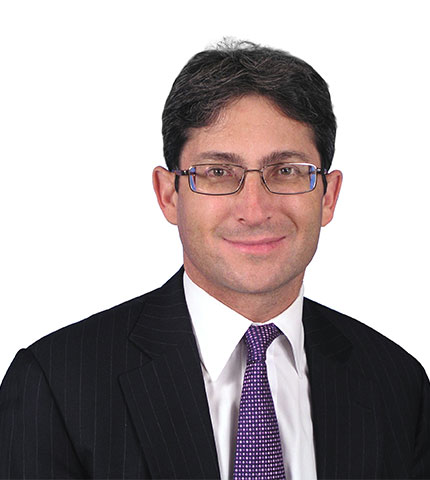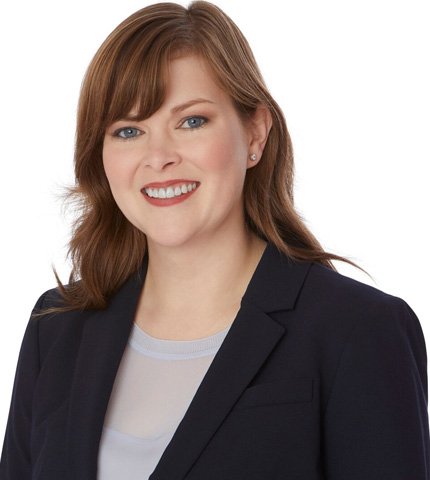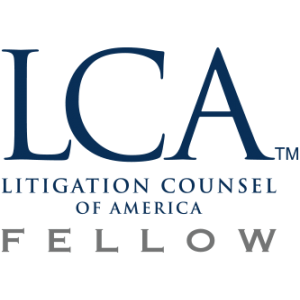The Hidden Dangers of Blind Spot Monitors
Many drivers have come to rely on blind spot monitors while they drive to determine if there is another vehicle before they make a turn or shift lanes. This common safety feature reduces accidents by up to 25%, but these systems are not without flaws. Malfunctions, over-reliance, and limitations in detecting small vehicles like motorcycles can create dangers that drivers do not recognize until it is too late. Accidents from blind spot monitor malfunctions or misuse can leave victims seriously injured, suffering from significant financial strain, and leave drivers overwhelmed by the shock that their blind spot monitor failed them.
If you or a loved one has been in a car accident and were injured from another driver’s negligence, you need Denlea & Carton. Our law firm is committed to helping car accident victims pursue justice and secure compensation when these safety systems fail to prevent harm.
How Do Blind Spot Monitors Work?
Blind-spot monitors are advanced safety systems designed to assist drivers by identifying vehicles in areas that are difficult to see. These systems typically rely on sensors, cameras, or radar installed near the car’s rear bumper or side mirrors to detect nearby vehicles. When a vehicle enters the blind spot, the system activates alerts that can take various forms, such as flashing lights on the side mirrors, audible warnings like beeps, or tactile signals such as vibrations in the steering wheel. While these technologies enhance driver awareness and reduce the risk of accidents, they are not foolproof. Blind spot monitors should complement, not replace, manual checks and safe driving habits to ensure safety on the road.
Potential Risks and Limitations of Blind Spot Monitors
Blind spot monitors have revolutionized automotive safety, but these systems can fail or become unreliable under certain conditions, posing potential risks to drivers. For instance, malfunctions in the sensors or cameras might leave blind spots unmonitored, especially if the equipment is dirty, damaged, or obstructed. Unfortunately, because some systems rely on turn signals to activate audible alerts, drivers who fail to use signals may not receive critical warnings.
Key risks and limitations of blind spot monitors include:
- Malfunctioning sensors or cameras due to dirt, damage, or interference.
- Ineffectiveness in poor weather conditions, such as snow, rain, or fog.
- Difficulty detecting smaller vehicles, like motorcycles and bicycles.
- Dependence on turn signals for audible warnings can fail if signals are not used.
- Reduced accuracy at lower speeds.
- Small or poorly placed visual alerts can be hard to notice in bright light or bad weather.
Drivers must remember that blind spot monitors are not a substitute for vigilance on the road. Relying too heavily on these systems can lead to complacency and reduced awareness, increasing the risk of accidents.
Legal Implication of Blind Spot Monitor Failure
Blind-spot monitors are a technological advancement meant to improve safety, but the legal implications can become complex when they fail. Despite their presence in vehicles, drivers are still expected to practice safe driving habits, including manually checking their blind spots when changing lanes or merging. Even if a blind spot monitor malfunctions or does not adequately warn the driver of a hazard, the driver is typically held accountable for the aftermath of an accident. Legally, this is because a driver’s primary duty is to operate their vehicle responsibly, regardless of technological assistance. Failure to do so can result in negligence claims, especially if the accident could have been avoided with proper vigilance.
If it is found that the blind spot monitoring system malfunctioned due to a defect, the car manufacturer or system developer may also share responsibility. However, proving a malfunction or defect in court requires thorough investigation, expert testimony, and concrete evidence that requires a skilled legal team. Attorneys experienced in personal injury and vehicle liability cases can make a significant difference in achieving a fair resolution and navigating the complexities of the legal system.
What To Do If a Blind Spot Monitor Contributed to Your Accident
If you believe a blind spot monitor played a role in your car accident, it’s essential to take the right steps to protect your legal and financial interests. Acting quickly and strategically can make a significant difference in building your case and seeking compensation for damages or injuries.
Steps to take after an accident:
- Document the Scene
- Gather Evidence of Failure
- Seek Medical Attention
- Report the Incident to your insurance
- Consult an experienced car accident attorney
Gathering evidence of a blind spot monitor’s failure is crucial in proving liability after an accident. Start by documenting the system’s behavior and obtaining diagnostic data from the vehicle’s onboard system, which can reveal if the technology malfunctioned.
An attorney can be invaluable in securing this evidence, working with experts to analyze the data, and building a compelling case. Contact Denlea & Carton today so our attorneys can help establish the link between the monitor’s failure and the accident, ensuring you have the best chance of achieving a fair outcome.
Denlea & Carton LLP: Fighting for Victims of Technology-Related Accidents
Blind-spot monitors and other advanced driver-assistance systems undoubtedly enhance road safety, but these systems can create a false sense of security, leading to neglect of essential driving practices like checking mirrors and physically turning to verify blind spots. It’s important to remember that regardless of the technology a vehicle is equipped with, the driver holds ultimate accountability for any actions taken on the road. Depending on automation or monitors without cross-checking can be viewed as negligence, especially when technology fails to alert you to a potential hazard that could have been identified manually.
The legal landscape surrounding this technology and its associated liabilities is still developing, making it challenging to determine fault and hold the right parties accountable without expert assistance. Our experienced attorneys at Denlea & Carton can skillfully navigate these emerging legal complexities, ensuring that your rights are protected and you are not unfairly blamed for a malfunction. Contact us today to ensure that you have the legal guidance you need to approach these cutting-edge cases with confidence.

